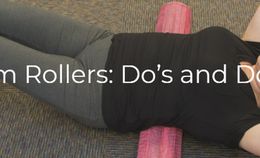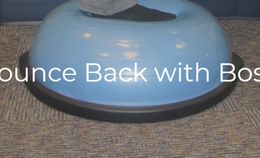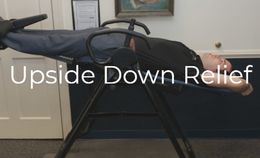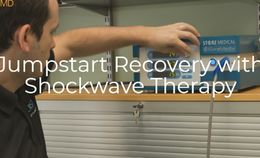Feeling stressed out? Under strain, some people feel their shoulders tighten up, or maybe a slight twinge might be felt in their back taking out the trash. These twinges and tightening come as a result of trigger points, more commonly known as knots. Trigger points become a problem when a nerve misfires and as a result, the muscles fire and spasm, creating a shortening of muscle fibers and a dense knot.
These trigger points can be quite a nuisance, often persisting until alleviated by massage, icing, heating, or stretching. However, a relatively new method of treating these pains is being administered more and more in the United States: Dry needling!
For those who tend to dislike needles, this treatment often makes the wary reconsider if a little bit of fear is worth the incredible relief of pain following dry needling. So what is it? An acupuncture needle is used for dry needling, as dry needling is actually a subcategory of acupuncture. Unlike acupuncture, the targets of dry needling are trigger points, and the needle is stuck into the head of the trigger point. The needle hitting the trigger point causes a nerve response (twitch response), which almost acts like hitting the reset button to break the normal course of pain. This twitch response often feels unusual upon insertion of the needle, as if the muscle tightened up once again. But, after the needle remains in contact with the point for a fixed amount of time, the trigger point eventually releases and the needle can be removed. No band aids necessary!
Following treatment, it is often normal to feel sore as the muscle relaxes and gets used to being in its original, non-bunched up state. Other times limited bruising occurs, but these symptoms are all signs of the body healing itself.
In this new year, more literature is coming out in support of dry needling. A study on patients with Fibromyalgia Syndrome showed that the administration of dry needling reduced the impact that trigger points have on lower back muscles, decreasing pain and improving spinal alignment (1). Along with decreasing pain, dry needling has shown increases in range of motion and proper muscular function following knee replacement surgery (2). Dry needling is now supported with an increasing amount of scientific literature, as the study of its applications to various muscular problems are all turning up in favor of the treatment. Be it the shoulders, mid to lower back, even knees, its applications to muscular pain and function are many (3).
With such a small needle, Dry needling has been producing large scale results. One might ask, is a little needle really all that bad? We at Quist MD take pride in our ability to administer the best form of therapy available integrated with our holistic, osteopathic approach to medicine to guide you to greater health. If you are interested in receiving treatment, and perhaps considering dry needling, contact us at 202-244-8222 or email [email protected].
1) Castro-Sanchez AM, Garcia-Lopez H, Mataran-Penarrocha GA, Fernandez-Sanchez M, Fernandez-Sola C, Granero-Molina J, Aquilar-Ferrandiz ME. Effects of dry needling on spinal mobility and trigger points in patients with fibromyalgia syndrome. Pain Physician. 2017;20(2):37-52.
2) Nunez-Cortes R, Cruz-Montecinos C, Vasquez-Rosel A, Paredes-Molina O, Cuesta- Vargas A. Dry needling combined with physical therapy in patients with chronic postsurgical pain following total knee arthroplasty: a case series. J Orthop Sports Phys Ther. 2017;47(3):209-216.
3) Abbaszadeh-Amirdehi M, Ansari NN, Naghdi S, Olyaei G, Nourbakhsh MR. Neurophysiological and clinical effects of dry needling in patients with upper trapezius myofascial trigger points. J Bodyw Mov Ther.2017;21(1):48-52.
Authored by David Pitts, Jr.





















